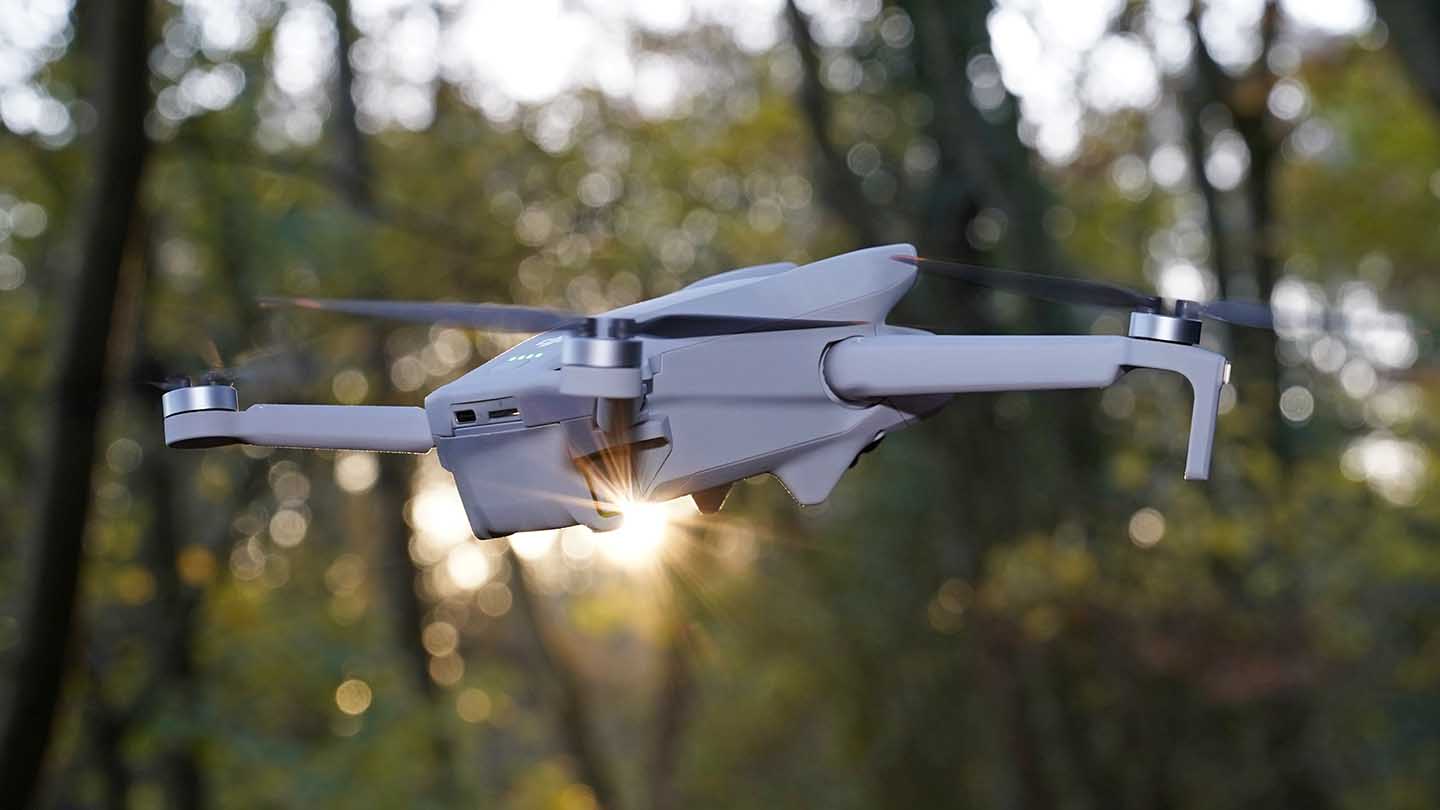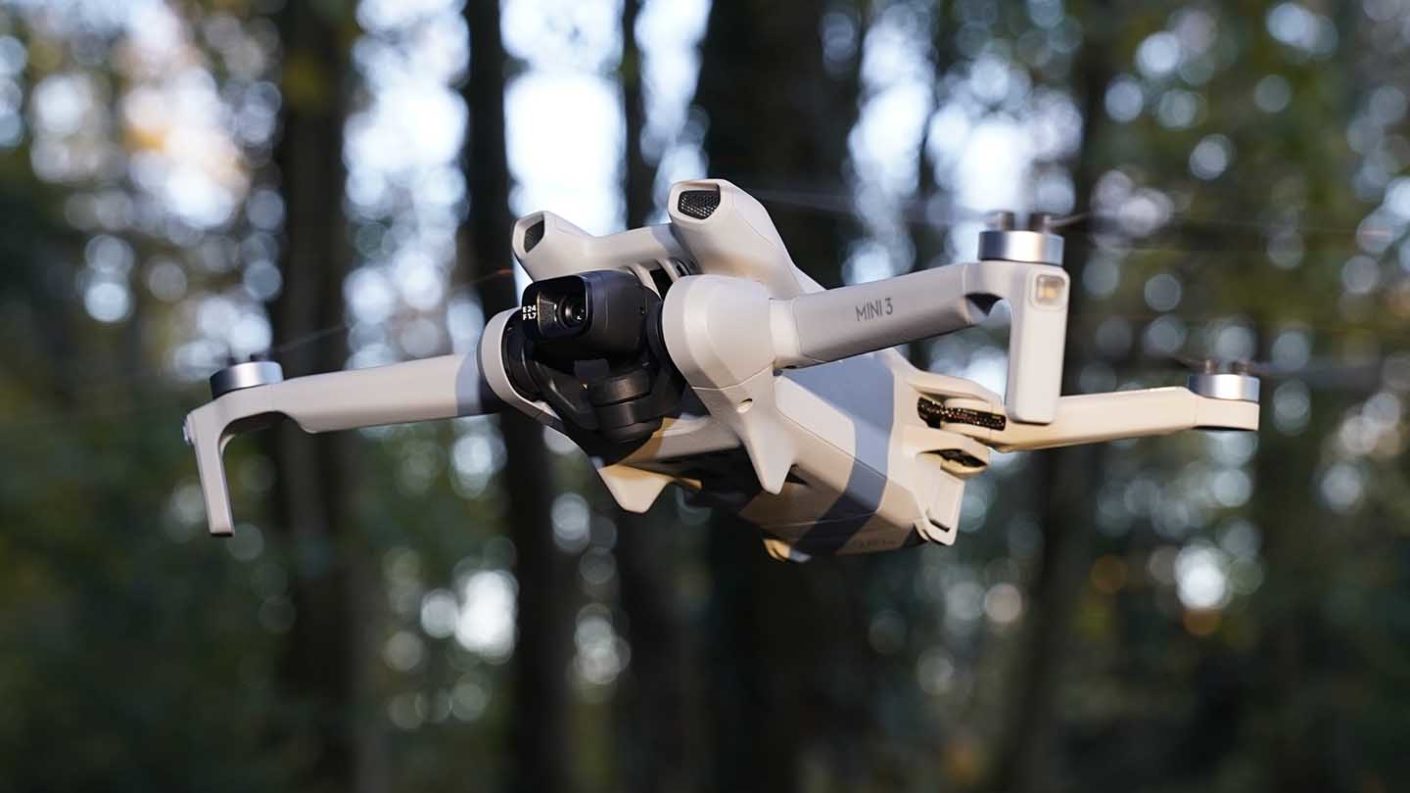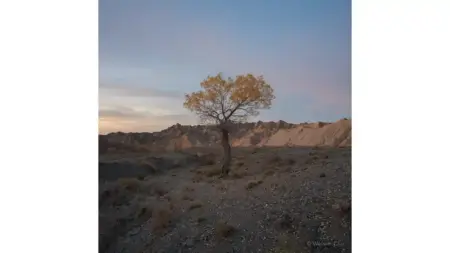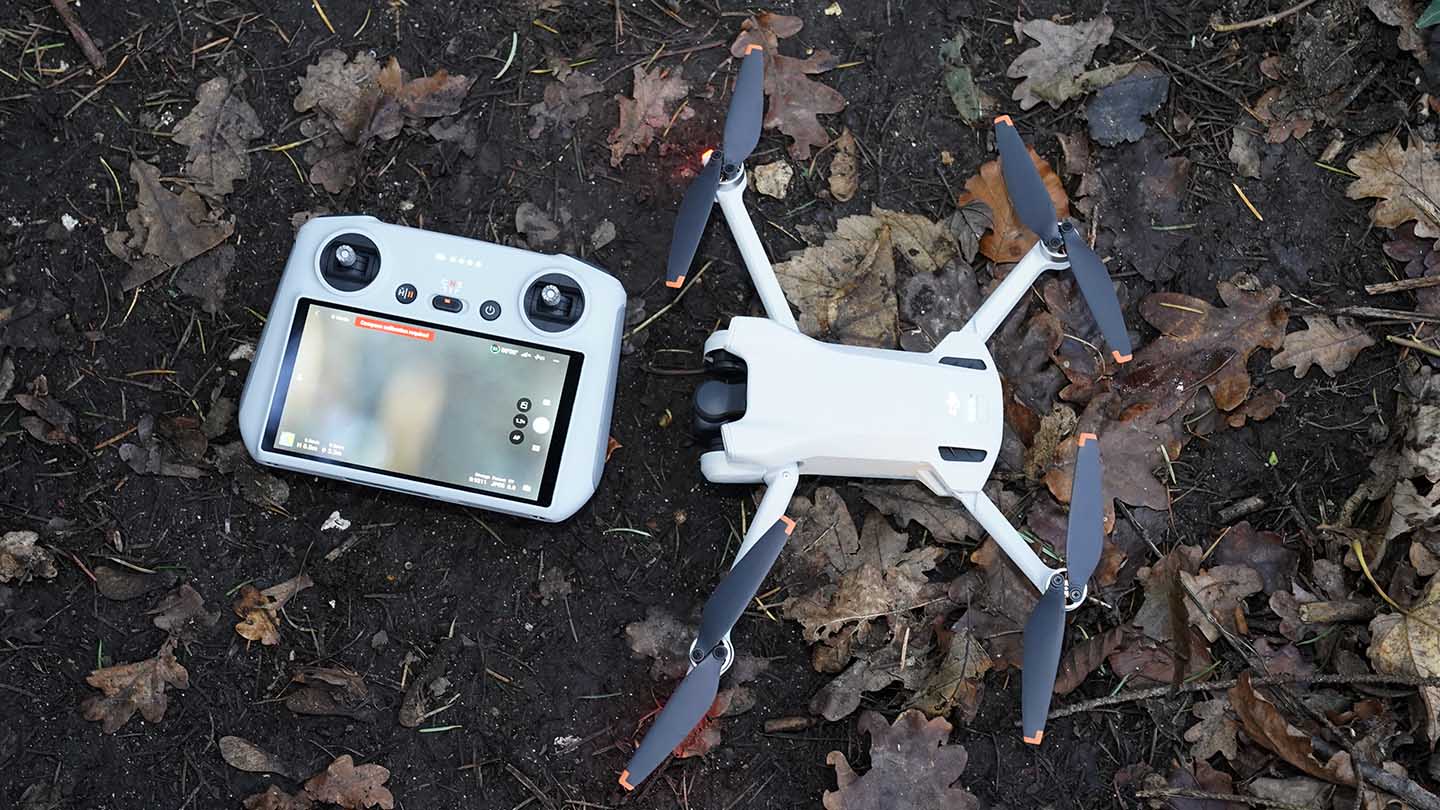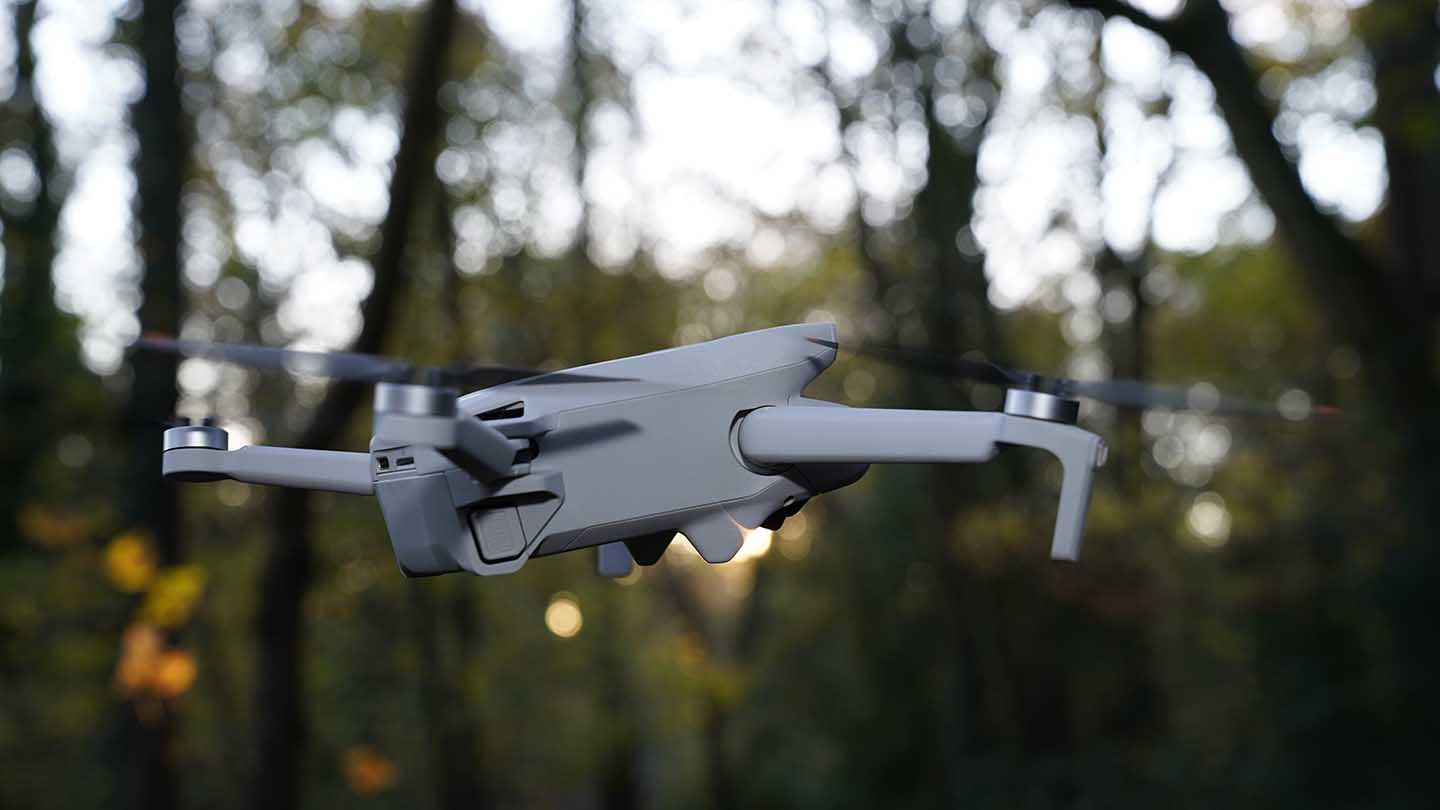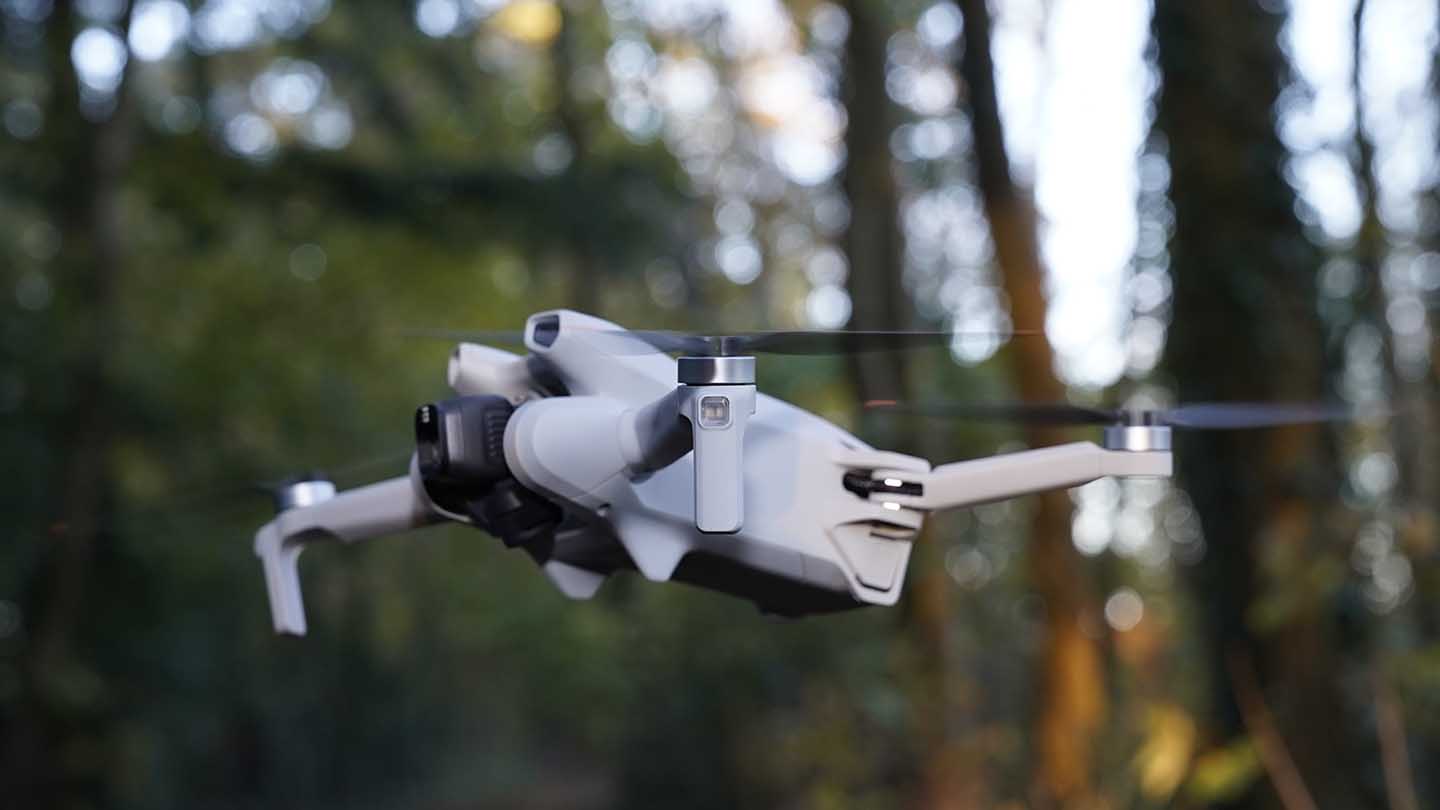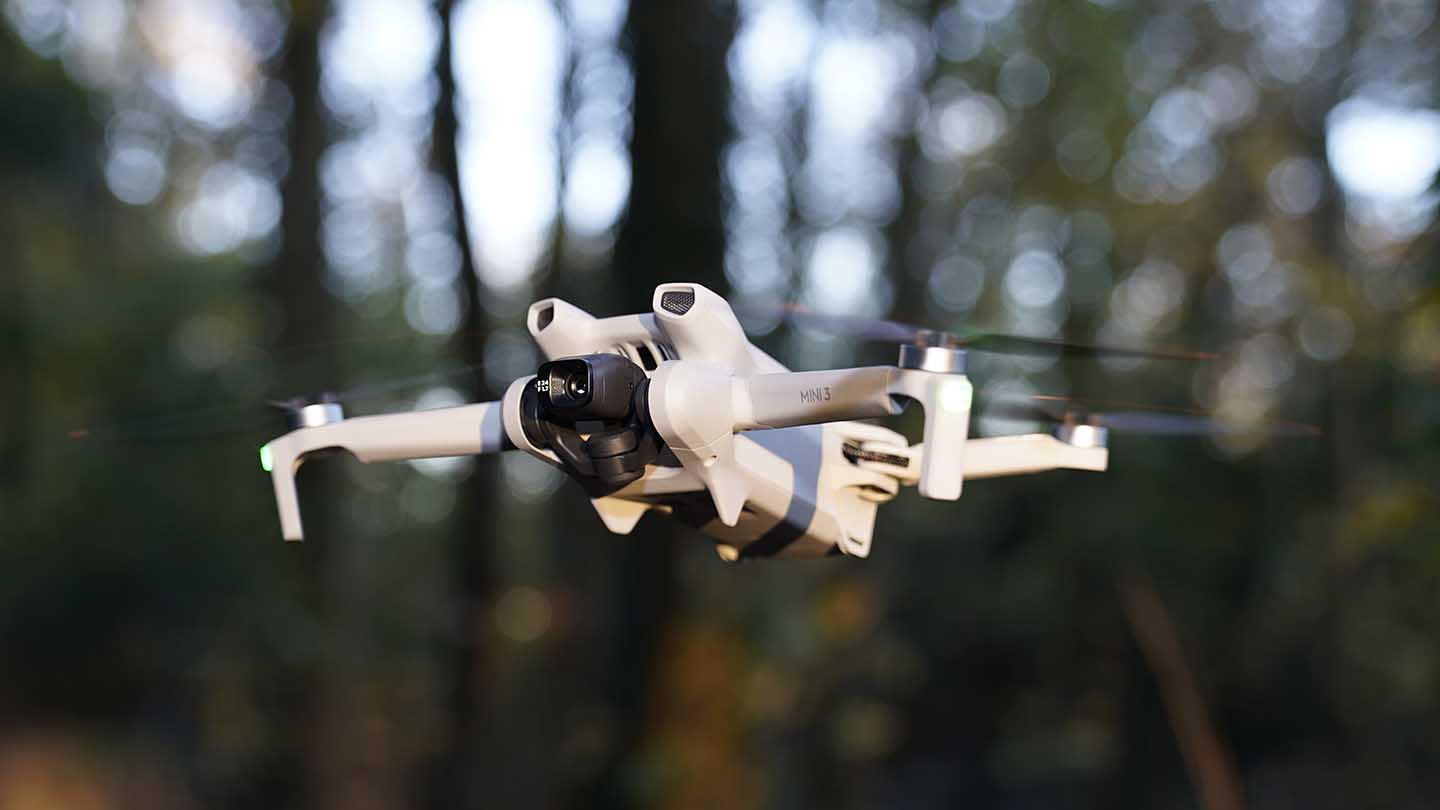Starting with the usual flight checks, I prime the Mini in the usual way; props etc, are all screwed in place, so aside from popping in the battery and memory card, there’s nothing other than switching the thing on to do.
A quiet whirr and beep signify the Mini is flight ready and the Satellites have already been spotted and connected. The ambient temperatures are around 5ºC, so this might not be the longest flight in the world as it feels colder, and as the drone rises, that temperature will drop.
The Mini 3, however, will operate in temperatures down to -10ºC, which the current weather happily displays most mornings.
A quick take off, land, and all seems fine, then take off, left, right, rotate left, right and once again, DJI has made a drone that feels solid in the air. Sure enough, a quick lap of the field and the drone flew with the same control and characteristics as the Mini 3 Pro.
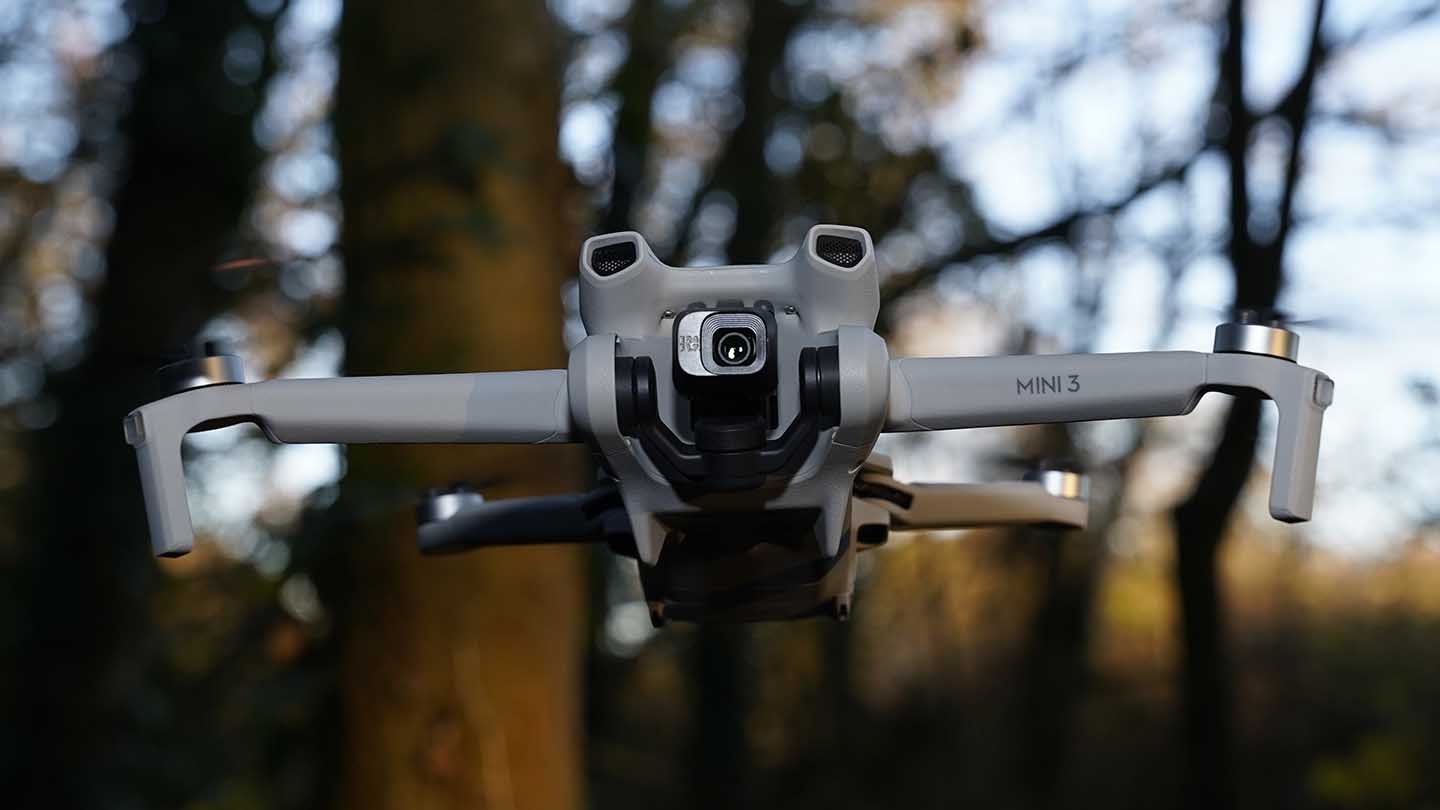
DJI drones at this level all feel much the same to fly, just a little bit smaller or bigger, but essentially they fly in a very similar way. This makes it easy to swap from one DJI drone to another, as you know exactly what you’ll get. The only time that changes is with the FPV drones, and even then, in the standard flight modes, they act in a very civilised way.
Having the smart controlled again proves its worth, and the large display and all-in-one design are so much neater than attaching a mobile phone. It also updates in the same way as a mobile phone but means that you’re not worried about the phone’s battery life as you fly.
As I tested, I ran through a few of the features, including the fun QuickShot modes that offer Dronie, Helix, Rocket, Circle, and Boomerang, so plenty of fun when you’re just starting. Alongside these auto flight modes, you also have the all-important RTH, as this doesn’t utilise the flight avoidance sensors of the Mini 3 Pro, you do have to be a little more careful when you hit the button, but essentially it does the job as long as there’s nothing in the way as it returns home. Essentially there shouldn’t be anything in the way as you should always have a clear line of sight to the drone.
Image and video quality
At first, I hoped that the same sensor backed the small camera in the DJI Mini 3 as in the Mini 3 Pro. The quality of the footage from that camera was outstanding, and the small gimbal did the job of perfectly smoothing out the bumps that a drone can suffer.
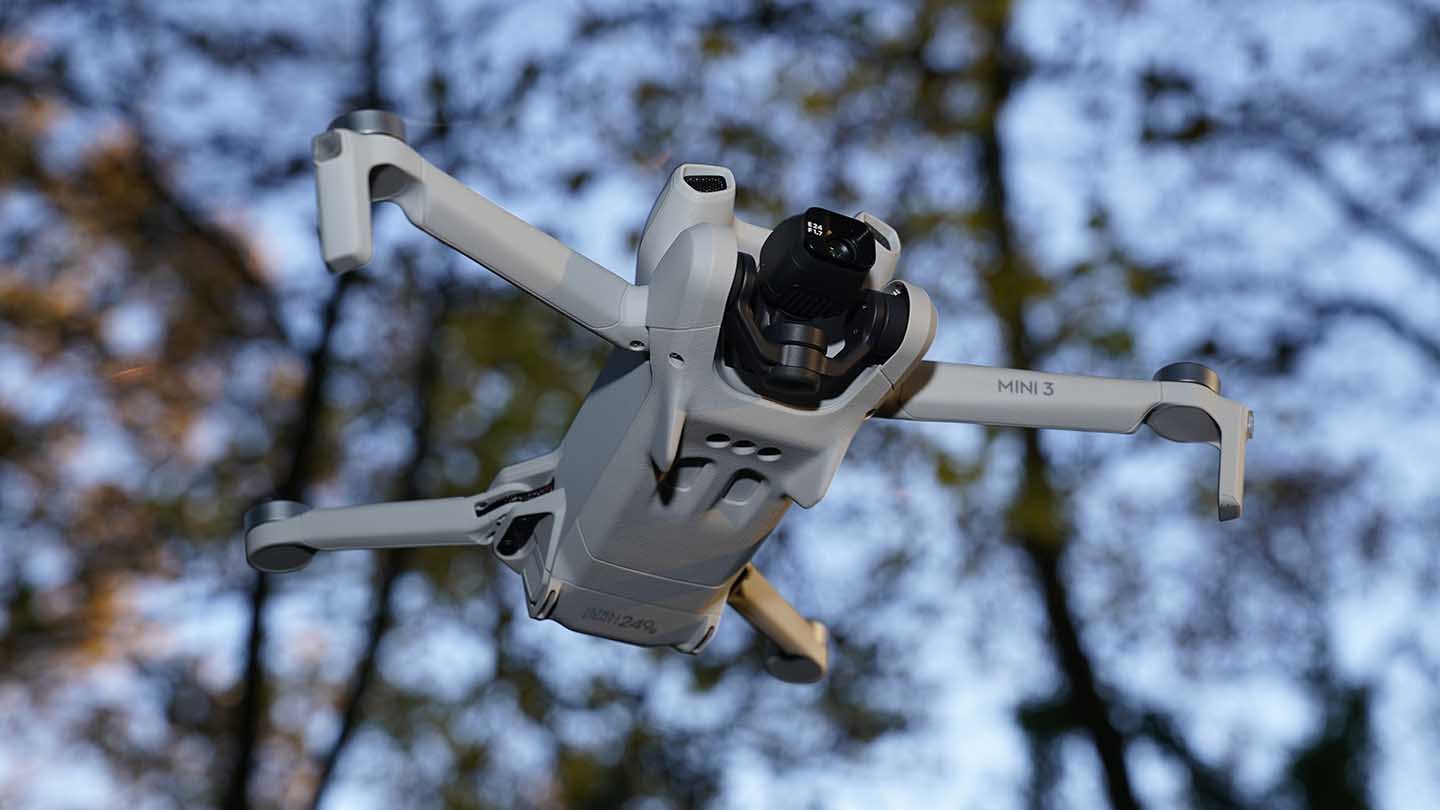
Again the footage from the Mini 3 is excellent, and initially, you won’t see or notice any difference between the two drones. The major instant hit is that you can only film in 4k up to 30fps, but the effect on the footage at altitude when using the slower framerate isn’t noticeable.
Colour and detail are also rich for both stills and video; the only issue is the difference in the size of the final image that you get between a 48MP still compared to a 12Mp; the 12MP is so small in comparison. Again you can shoot in JPG or RAW in the DNG format, and the quality of the images will impress. One thing to note is that when the Mini 3 Pro arrived, this too, was locked at 12MP and only after a firmware update did the images expand to the full 48MP.
Outstanding video quality from the DJI Mini 3
Alongside the drop in framerates, you also have a drop in bitrate with the Pro filming at 150MB/s and the Mini at 100MB/s. You also can’t film in the Cine mode, so the difference in dynamic range between the two drones will be noticeable. That said, the video quality is again decidedly DJI with a clean, crisp image that doesn’t fail to impress.
The conditions testing the DJI Mini 3 are quite different from those of six months ago when testing the DJI Mini 3 Pro, but looking at the footage from the two, they look closely matched.
